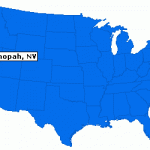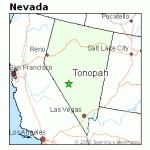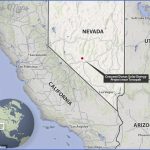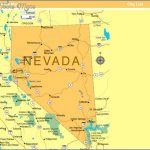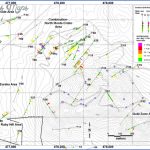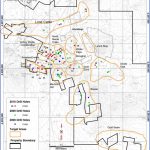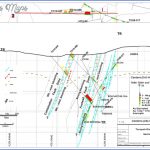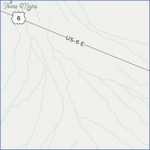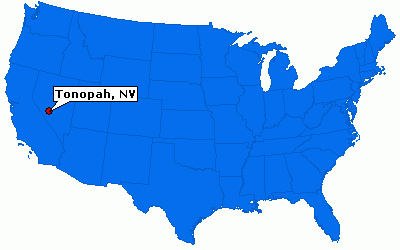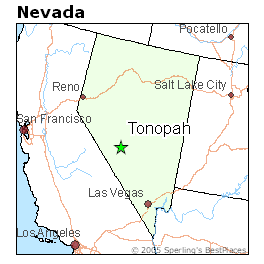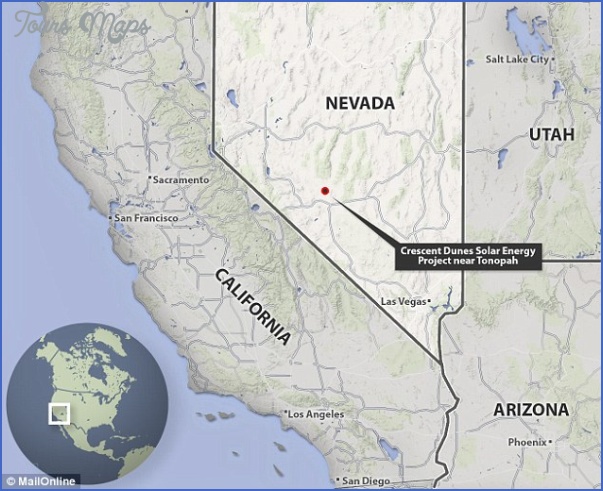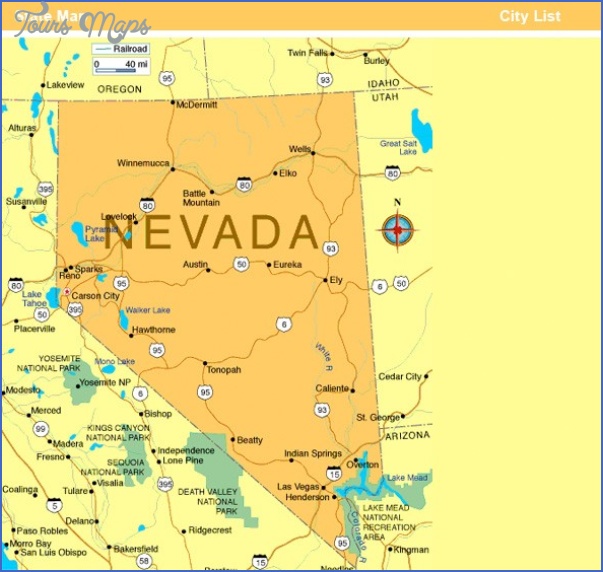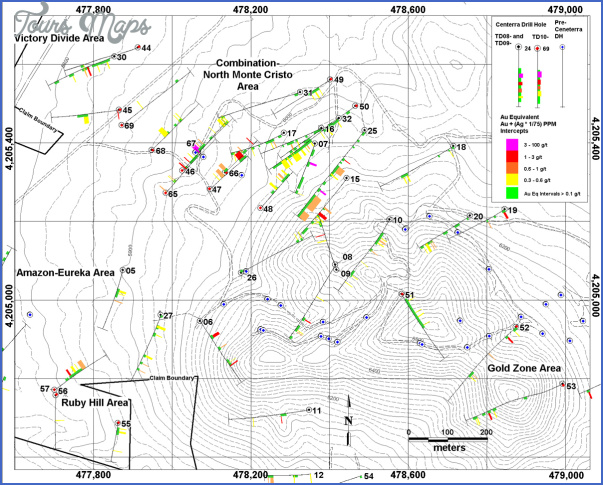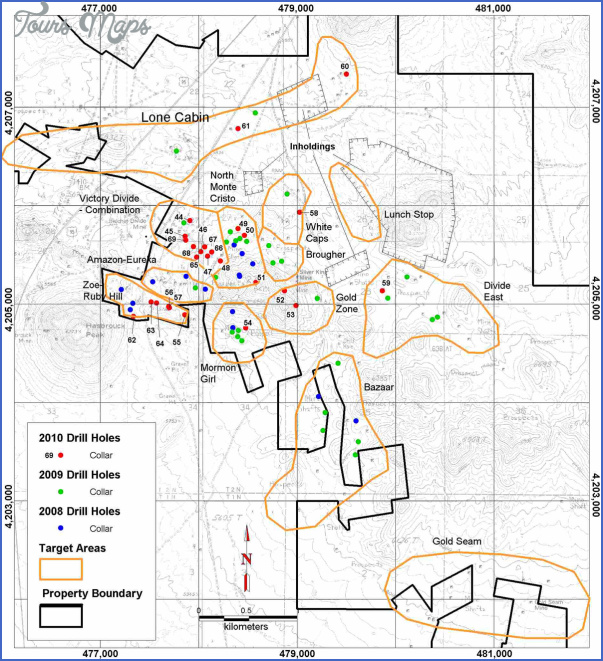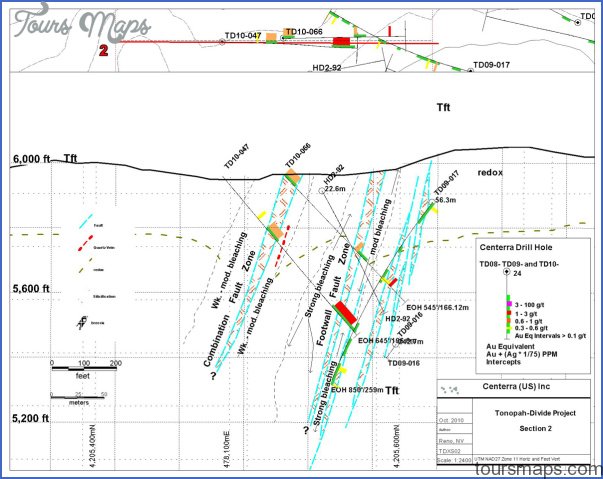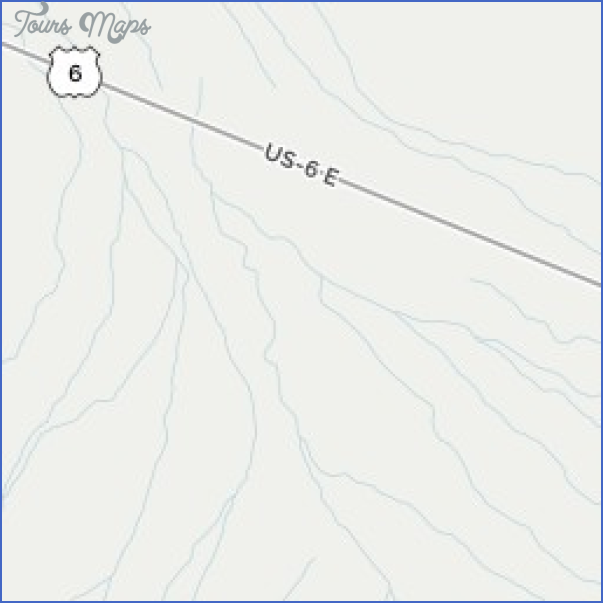Tonopah Test Range (TTR), Tonopah
Less known than Area 51 or the Nevada Test Site, the Tonopah Test Range was the location for the first F-l 17 Stealth fighter group back when the plane was still top secret. Originally used by the Atomic Energy Commission for nuclear weapons research, it’s now shared with the Air Force. After the Stealth fighter became publicly known, the group at Tonopah relocated to Holloman Air Force Base in New Mexico and the Air Force relegated their operations at Tonopah to “caretaker status.” Recently, however, new roads and buildings have recently been constructed, and rumors say TTR is going “blacker;” possibly to handle some still-secret aircraft that are now operational.
The Tonopah Test Range (TTR) was the perfect place to station the first operational F-117 Stealth fighter group back in 1984. It is almost as isolated as Area 51 and farther from Las Vegas or other significant population area. TTR borders on Area 51, and it is believed that many projects under development there are tested on the TTR radar range.
Tonopah Nevada Map Photo Gallery
TTR occupies 625 square miles at the north end of the Nellis Range Complex. It was first opened in 1957 as an adjunct facility for the Nevada Test Site for research connected with the test at NTS. The Air Force first began using TTR in 1979 and began a major construction program to house the F-117 Stealth fighter being developed at Area 51. Later, additional facilities to support Air Force programs were added. However, TTR is still administered by the Department of Energy through Sandia Labs.
TTR proved to be an ideal location for the first Stealth fighters. The area north of TTR is the isolated Great Smokey Valley, a sparsely populated area that was perfect for the first nighttime training missions of the F-117. In addition to its isolation, the citizens of nearby Tonopah were reticent to talk about the strange aircraft they saw cruising their nighttime skies. It was common knowledge in Tonopah during the early 1980s that something big and secret was going on at TTR, but the citizens kept silent about what they were seeing and hearing because TTR employees were a desperately needed source of revenue.
TTR was also a site during the 1980s for tests of Soviet aircraft, such as the MiG-21 and MiG-23, which the United States had obtained through clandestine means (the fact that the United States had such aircraft is no longer classified, but the means by which they were obtained still is). Like the F-117, these were mainly tested at night. These tests continued at TTR until the early 1990s.
In addition to its air base facilities, TTR includes the Tonopah Electronic Combat Range (TECR), an extensive system of camera and radar systems to record data from aircraft and missiles tested there and simulate threats (such as surface-to-air missiles) from enemy defenses. In fact, TTR is known to have several Russian and Chinese radar systems obtained through various means (such as purchases via third countries and bribes paid to military and industrial officials connected to those nations) that are used to test the radar “invisibility” of various weapons systems.
After the F-117 fighters were transferred from TTR in 1992, activity here dropped greatly. However, there has recently been a flurry of new activity, especially on the eastern side near an area known as Cedar Ranch. The road leading to the Cedar Ranch entrance to TTR was recently repaved and security has been increased there. This may be a better place to get a close-up look at still-secret aircraft than Area 51.
What’s There: The runway at TTR is over 12,000 feet long a few feet longer than the runway at Area 51. When the first F-117 squadron arrived at TTR, a hangar was built for each craft. As a result, there are 54 hangars here. There are also extensive barracks and other facilities. When the F-117 was still secret, great efforts were made to keep TTR as self-contained as possible so personnel would not have to leave the base. Thus, TTR had accommodations and recreational facilities superior to those found in Tonopah or other towns within reasonable driving distance. The “barracks” were hotel-like and far superior to housing found on other military bases; they included “blackout” curtains and soundproofing since almost all Stealth operations were conducted at night and personnel slept during the day.
The TECR is located south and east of the base facilities. While electronic warfare is the stated purpose of this area, it is believed that many other activities are conducted from behind the “screen” provided by Tolicha Peak. Satellite photographs show several buildings there, including some that strongly resemble aircraft hangars, but no landing strip.
Secret Stuff: “Janet” airplanes (see entry in this section) have started landing at TTR and can sometimes be seen from the main gate. The presence of Janet airplanes is a good indication that something connected with Area 51 and Plant 42 (see entry in the CALIFORNIA section) is now going on here.
Getting a Look Inside: There are currently no tours of the TTR, and no facilities open to the public. However, you can get a surprisingly good view of the runway from the main entrance of the TTR.
Unusual Fact: Giving credence to reports that TTR is a hotbed of electronic warfare were several strange incidents in the northern areas of Las Vegas on February 20, 2004. On that date, car dealerships and locksmiths were flooded with reports of sudden failures of keyless car lock systems. Even personnel at Nellis Air Force Base were not immune. “Maybe it’s those little green men up north,” said Mike Estrada, a spokesman for Nellis. “I’ve been trying to figure it out. It happened to me after lunch.” Some car dealers reported over 100 calls from customers “zapped out” of their cars, while others were forced to use their keys to gain entry and triggered their car alarms as a result. Since there were no thunderstorms in the Las Vegas area on that day and no abnormal sunspot activity, that left an apparently too successful test of an electromagnetic pulse weapon in the southern region of the TTR as the most likely culprit. The Los Angeles office of the Federal Communications Commission the office responsible for Las Vegas seemed to agree. “Who knows what the military could be using at any given time?” said Paul Oei, a spokesman for the Los Angeles FCC office.
Getting There: The main entrance to the TTR is via a paved road located about 15 miles east of Tonopah on Highway 6; a sign shaped like a rocket marks the road. The road travels approximately 20 miles south toward the TTR. The road leads to a guard gate that is manned 24 hours a day. Caution is required as you approach this gate, as the TTR boundary is before the gate and guardhouse; the boundary is poorly marked and it’s easy to stray across into the TTR if you’re not careful. The boundary area is highly developed and you can see numerous hangars, barracks, and support buildings from its perimeter.
The new Cedar Ranch entrance into the TTR leads to the TECR.
This entrance is from the eastern side of the TTR and is located off Highway 375 just before the Queen City Summit marker. This road is marked on some maps as the Cedar Ranch Road. Formerly a dirt road leading to an unguarded gate, the road is now paved and a manned guardhouse has been added a few hundred feet inside the secured perimeter. These enhancements are a strong indication that some new classified activity is going on in this part of the range. This part of the TTR borders on the Area 51 boundary and security is more active here than along the road to the main laboratory; there have been numerous reports of travelers along this road being followed and otherwise monitored by security. Along Cedar Ranch Road you can also see, not surprisingly, Cedar Ranch, a small cattle ranch that was abandoned in the 1950s because of fallout from the Nevada Test Site. Even though the ranch has been abandoned, several buildings are still standing and cattle graze in the area. The cattle frequently gather at the ranch because water is available, and care must be taken on Cedar Ranch Road to avoid hitting them in the road.
There is another entrance to the TECR from the west on Highway 95. The gate is manned around the clock and is located approximately 20 miles north of Beatty near a NASA satellite tracking station. The road to the gate is paved but unmarked; it heads east toward the TTR for about two miles before reaching the gate.
All of these entrances are located in isolated areas with the nearest gas stations or other services many miles away.
Maybe You Like Them Too
- Explore Góra Kalwaria, Poland with this detailed map
- Explore Gumdag, Turkmenistan with this detailed map
- Explore Telfes im Stubai, Austria with this detailed map
- Explore Langenselbold, Germany with this detailed map
- Explore Krotoszyn, Poland with this detailed map

